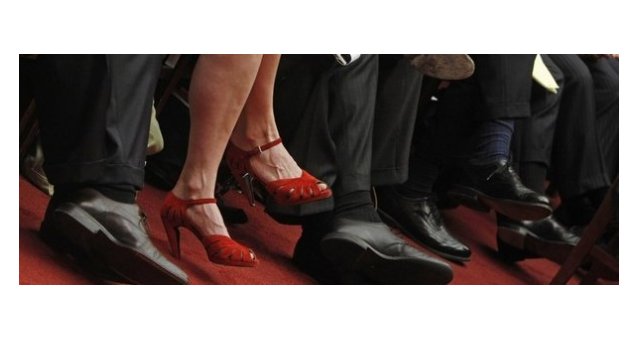Binding legislation needed to ensure equal representation of women on boards

[Brussels, 7 June 2011] The past few weeks has brought the intensive debate about the lacking female membership on management boards back on the European agenda. Acknowledging the under-representation of women in senior posts the Women’s Committee of the EP (FEMM Committee) voted on 25 May a text encouraging Member States to make policy proposals or adopt legal measures to address the issue. Currently, research shows that only 10 per cent of the board members of the EU’s largest stock-exchange listed companies are women and only 3 per cent are CEOs of such companies. [1] To tackle this problem the EU Commission has announced its intention to propose legislation in 2012. If companies do not manage to achieve the target of 30 per cent women on boards through voluntary measures the EU Commission has announced its intention to propose legislation in 2012. This target will grow up to 40 per cent by 2020.
While the intention to tackle the issue by proposing binding measures certainly needs to be encouraged it is indeed notable that the focus of the 20-article report of the FEMM Committee on Women and business leadership focuses mainly on accompanying measures. The report emphasizes the need of Member States to implement new policies, to initiate dialogue, support initiatives and promote corporate social responsibility. More supplementary measures such as encouragement of women to take leadership responsibilities, raising company’s staff awareness of career patterns and creating a website dedicated to good practices have received a prominent position in the report. At the same time little attention is given to binding measures and/or legislation and the practical implementation of the “affirmative action” needed.
In the text voted by the FEMM Committee it is unclear what kind of legislation proposals have been taken into consideration besides quotas. The intention to increase female representation in corporate management bodies to 30% by 2015 and to 40% by 2020 has been also tempered by additional prerequisites to be taken into account by the Member States. Such preconditions are the Member States’ responsibilities and their economic, structural (i.e. company-size related), legal and regional specificities. These requirements leave the door open for non-uniform interpretations of these legal requirements. Moreover, no sanctions in case of non-compliance have been proposed or discussed.
The less strong and precise language with regard to legislation raises some questions whether MEPs are really sympathetic to quotas and to what extent they are ready to endorse compulsory measures. Comprehensive data and accompanying measures are essential, but the focus needs to stay on adoption of binding measures and sanctions in case of non-compliance. In certain cases, national governments are still afraid to back proposals for binding measures or sanctions. Such is the case for Belgium and the Netherlands. Similarly, Italy has recently adopted quota legislation for women on boards that does provide sanctioning clauses (ranging from warning, followed by a fine that could eventually result into dissolution of the board of directors), but the law is also considered to be a temporary measure applicable only 9 years. Ireland has also recently engaged in the discussion about quotas illustrating the importance of this debate. [2] However, a key starting point is to acknowledge that quotas, often illustrated by the Norwegian model, do work. A more balanced representation in enterprises has been achieved in a reasonable time frame through binding measures. This experience certainly needs to be taken into account by both Member States and the European Commission.
[1] European Commission, DG Employment, Social Affairs and Gender Equality – More women in senior positions: Key to economic stability and growth, January 2010




